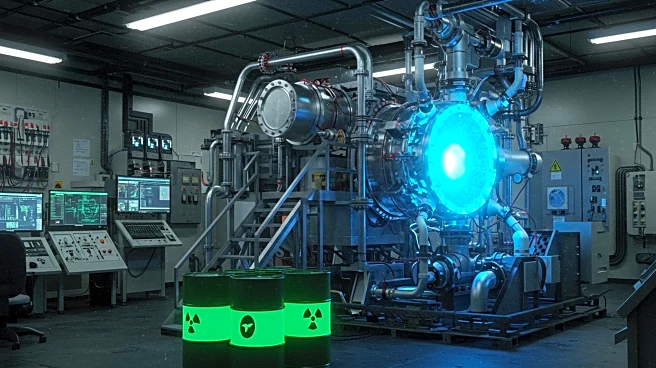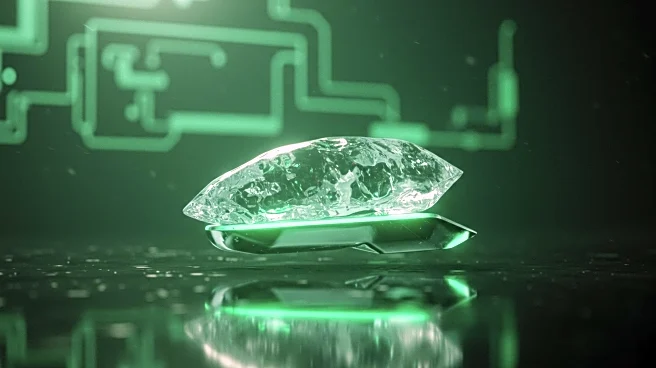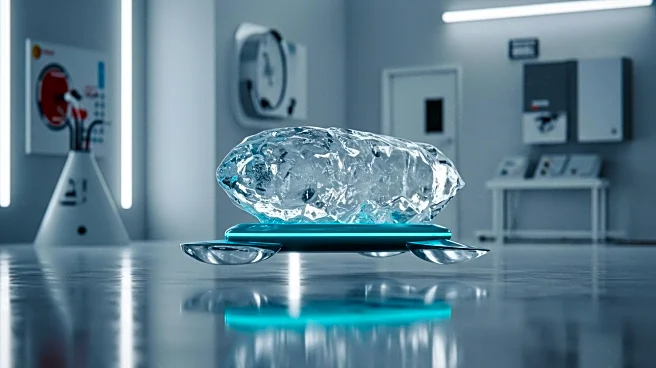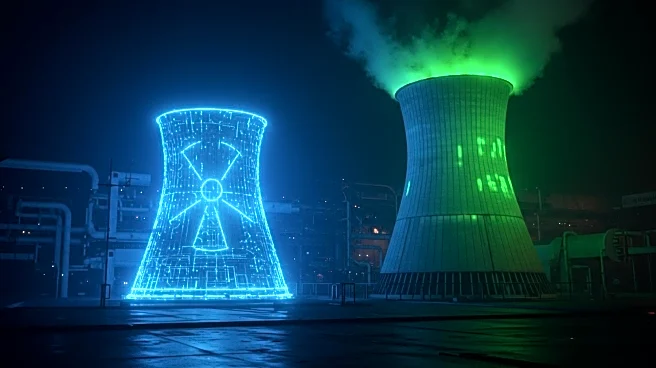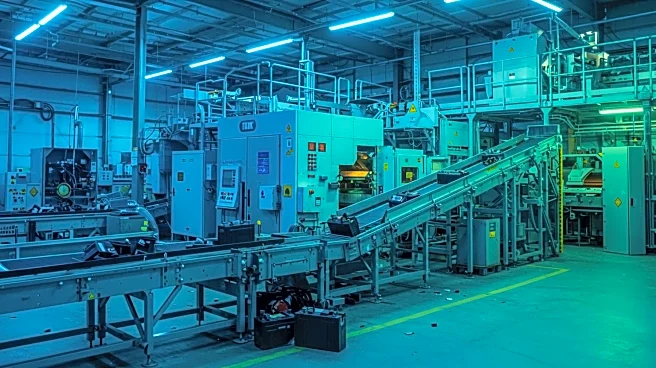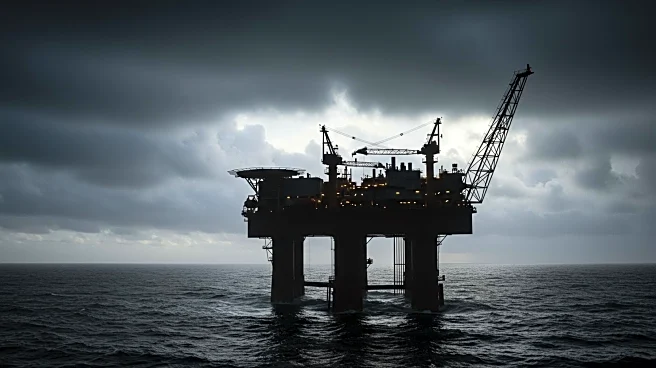What's Happening?
A team of scientists led by Terence Tarnowsky from Los Alamos National Laboratory has proposed a plan to convert nuclear waste into tritium, a key component for nuclear fusion. The plan involves using a superconducting linear accelerator to process radioactive waste, potentially generating tritium more efficiently than current methods. This approach aims to address the shortage of tritium, which is crucial for fusion reactions but scarce globally. The proposal will be presented at the ACS Fall 2025 conference, highlighting the potential to transform nuclear waste management and support the development of fusion energy.
Why It's Important?
The proposal represents a significant step towards sustainable energy solutions, addressing both the challenge of nuclear waste management and the need for tritium in fusion reactors. Fusion energy promises cleaner and more efficient power compared to current nuclear fission methods, which produce long-lived radioactive waste. By utilizing existing waste, the plan could reduce environmental liabilities and advance the fusion economy. Successful implementation could lead to breakthroughs in energy production, benefiting industries and reducing reliance on fossil fuels.
What's Next?
The proposal requires commitment from public and private sectors to develop the necessary technology and infrastructure. If adopted, it could lead to advancements in nuclear waste processing and fusion reactor design. The scientific community and policymakers will likely evaluate the feasibility and potential impact of the plan. Continued research and development are essential to overcome technical challenges and ensure safe and effective tritium production.
